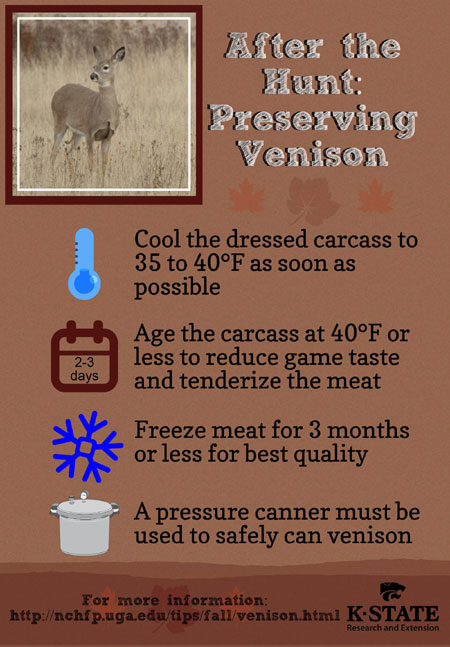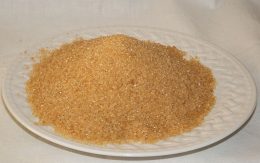
I confess. I love puppies! How can you resist those cute fuzzy faces! Unfortunately, puppies are currently linked to an outbreak of Campylobacter in seven states affecting 39 people, including Kansas. This is not puppy love.
It is a fact, animals carry germs. This outbreak is traced back to puppies sold at Petland stores. The suspected source of the bacteria is dog feces. Symptoms of Campylobacter include diarrhea (bloody), fever, stomach cramps, nausea, and vomiting. Symptoms develop in two to fives days after exposure and last about a week.
When puppy shopping, look for shiny, soft, clean fur. The puppy should be bright, alert, and playful. Always take the puppy to your veterinarian for a check-up as soon as possible. If the puppy is sluggish, not eating, or has abnormal breathing, see your veterinarian.
Always wash your hands after handling any animal, their food, or cleaning up after them. This important step will help stop the transfer of disease to you.
Learn more at https://www.cdc.gov/campylobacter/outbreaks/puppies-9-17/index.html.



